
New build houses tend to have smaller gardens, along with older terraced houses with small courtyards. Even if we decided on a modest, low maintenance garden, it doesn’t mean we want our outside space to feel small.
Adding a sense of space to a smaller garden can be a particular challenge, so careful planning is required to avoid wasting time and money on efforts that will not have the desired result. We have compiled a few tips for creating the illusion of size in the short or narrow outdoor space.
Thank you for reading this post, don't forget to subscribe!

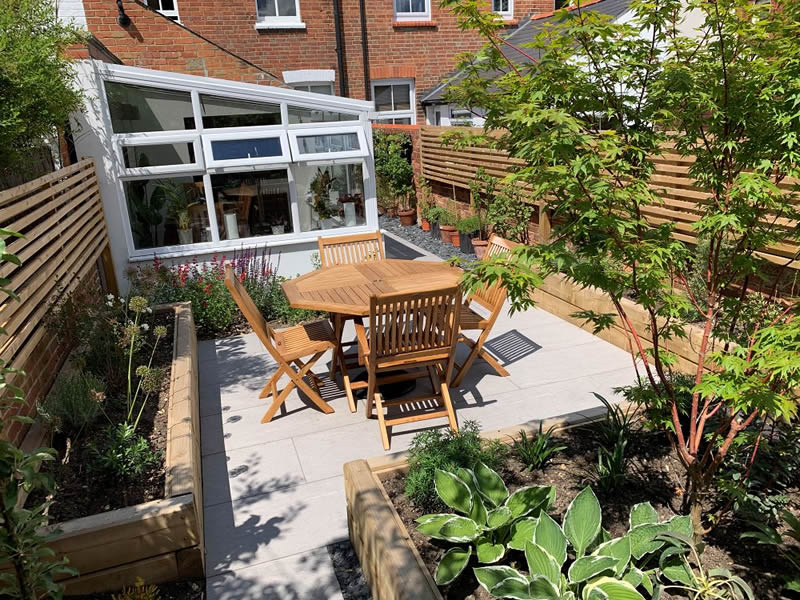
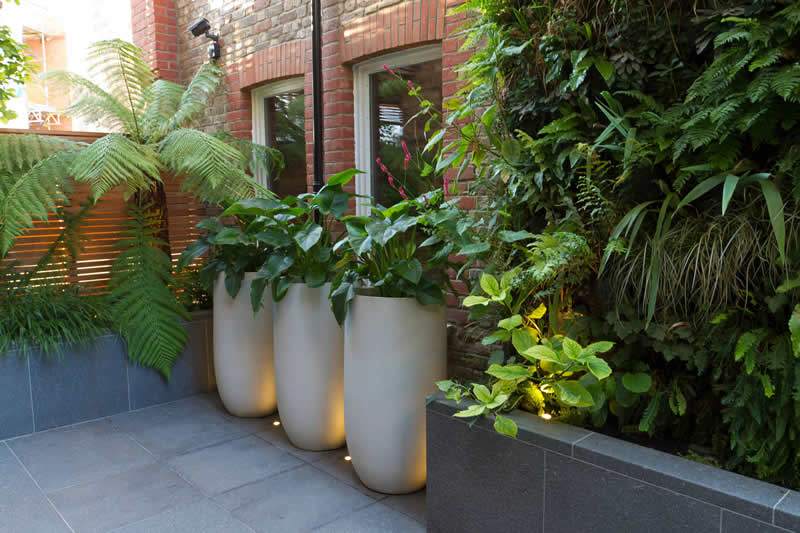
Planning
Start by writing down a list of features that are essential to you, this could be outside dining, growing vegetables or a workshop. There may be necessary compromises if your list is unrealistic, if you have limited space cramming in features is likely to make it feel more confined. An oversight in planning could be trying to create a miniaturised version of a larger garden, with smaller patio, lawn, shed and pots – this can end up looking crowded and make the garden look dinky
Essential Features
If you would like a patio and lawn, an option would be to incorporate a narrow patio laid to the side of the garden that could double as a pathway. Avoid any grandiose or asymmetrical patterns when planning shapes, there simply won’t be the room and it will limit the possibilities of fitting in essential features from your list. A slight curve to a patio can look elegant, with a wider section of patio creating room for a small dining or seating area. Use space around and behind seating areas for planting taller varieties of plants to soften boundaries and encourage butterflies and bees. Slabs can be substituted for gravel to keep cost down and present more opportunity for changes to the design in future. A pathway leading from the house to a seating area at the end of the garden is a clever use of space. Lawn or borders either side of a central path will tick off features from your list. If you are an avid gardener – a single wide border will allow for planting to be layered in a short to tall format. We have a great range of cordless lawnmowers that make managing this pathway easier.
Building a small shelter or covered pergola at the end of the garden will provide a seating area that can be used throughout the year. Hiding boundaries with climbing plants will help disguise a short garden. At the end of the garden if climbing plants are not an option then a few extra-large pots with fruit, fig or olive trees will break up the back perimeter. Alternatively, the slim cypress tree will create a sleek finish to a garden of limited length, with a few smaller pots specifically placed to peek through the gaps behind the larger ones to give the illusion of depth without seeming overcrowded.
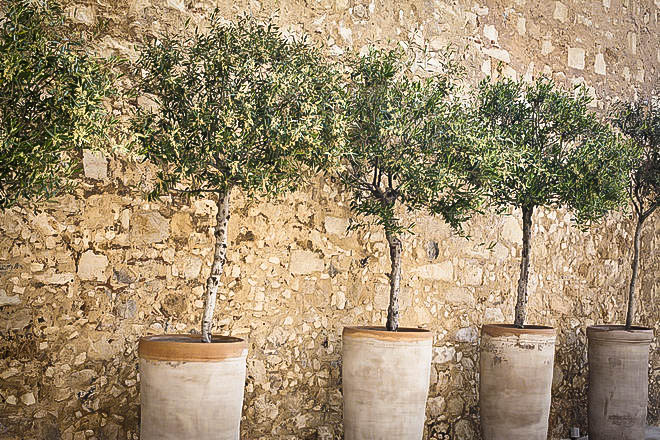


Visual Effects
Garden designs that draw the eye across the garden instead
of directly focusing on the end boundary will seem deceptively longer. If a lawn
isn’t an essential feature, a garden design with curved, perspicaciously planted
borders that lead you through the garden to a seating area and then onward will
provide privacy and an exterior sanctuary to escape to. Natural screening such
as brushwood or hazel hurdles can serve as a semi-permanent feature for visual
effect, these placed at angles will make the end of the garden less distinct.
If the end of your garden has a shed or workshop, then there can still be room for seating and planting. Miniature trees or buxus can soften boundaries complimented by colourful flowers in painted pots. Pleached trees are trained to create a natural screen which is space saving and offers privacy.
Creating a multi-level garden can create the idea of space as
well as remedying issues with uneven ground or slopes. Borders and clever planting
can be worked around raised areas for dining or seating. Raised vegetable beds are
an excellent choice for both plants and space. A raised bed provides improved
soil quality and drainage. Both vegetables and herbs can be incorporated into
your borders and segregated from flowering plants by wood or metal landscape
edging. Check out our Bucket Barrow range designed for moving multiple materials around the garden with ease.


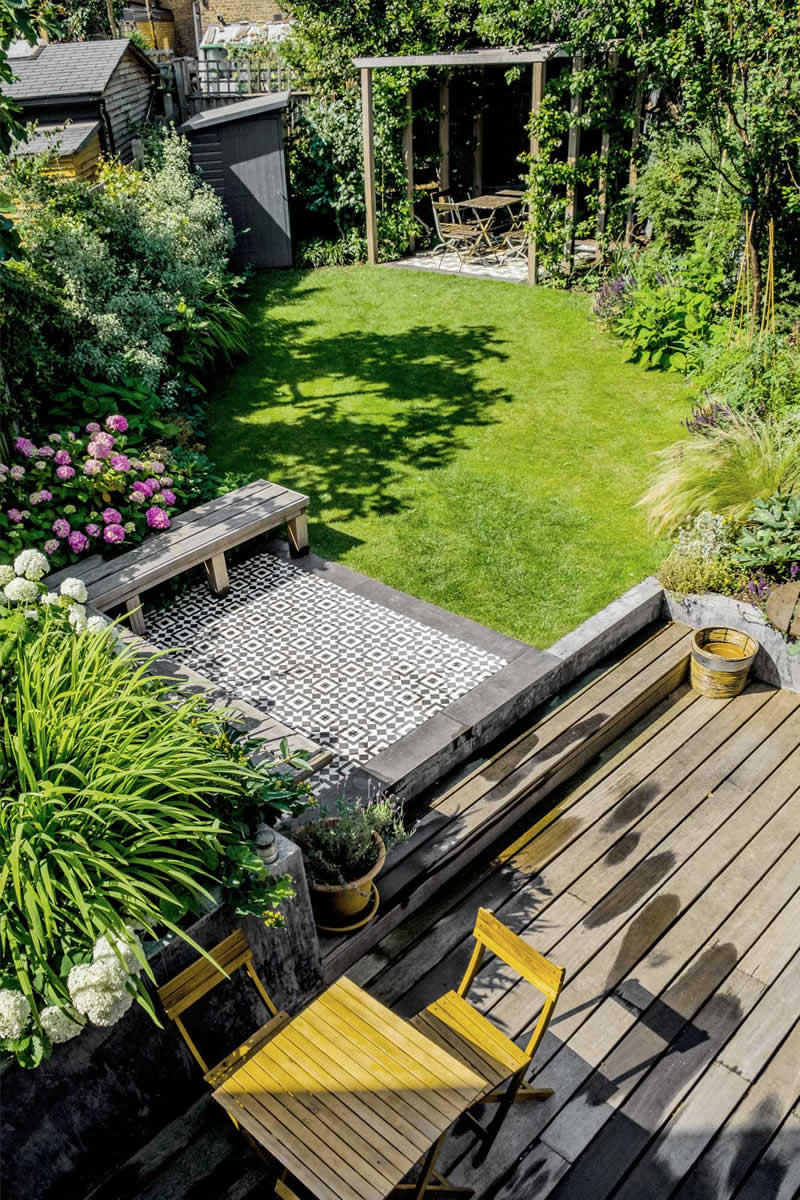
Furniture
Measure garden furniture before you purchase it, some patio sets look fabulous but are bulky. If you require plenty of seating for entertaining, then purpose built folding tables that the chairs slot inside may be more practical. Another possible choice could be tables that can be stored against fences with the chairs stored underneath to save space. Seating that doubles as storage is ideal for stowing away cushions or garden toys.
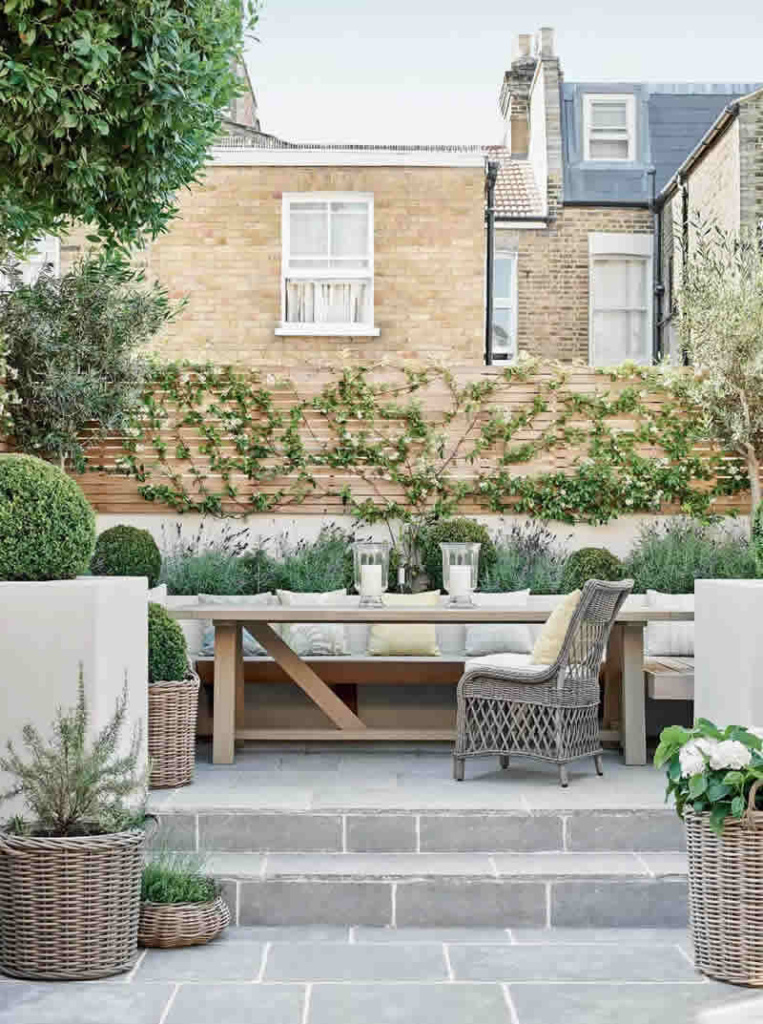

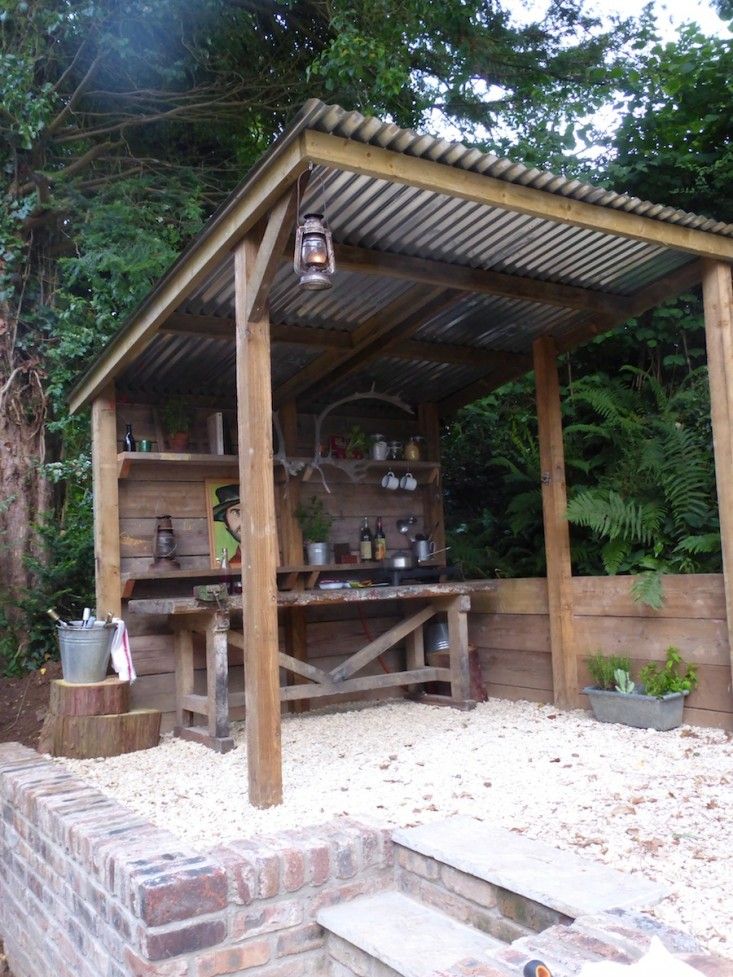
Courtyards
Courtyard gardens can easily look congested, common mistakes can be to have spills of little pots which look busy, alternatively padding out a selection larger pots with a mix of perennials and seasonal plants will make a narrow space seem wider. Vertical planting will draw the eye upwards, one or two substantially sized pots with exotic banana, or fig tree will provide natural height instead of depth to a small outdoor space.
Final thoughts
You can achieve the illusion of extra depth and length with careful planning. Creating a garden that is personal to you can be fun project whether you are a single homeowner, couple or a family. The wonder of gardens is that they are ever changing and can be easily transformed with our changing tastes and needs.
“We may think we are nurturing our garden, but of course it’s our garden that is really nurturing us.” Jenny Uglow
Further reading:
https://www.mowers-online.co.uk/gardening-tips-that-will-give-your-whole-family-green-fingers
https://www.mowers-online.co.uk/small-changes-that-can-make-a-big-difference-in-the-garden
https://www.mowers-online.co.uk/getting-your-garden-ready-for-summer
https://www.mowers-online.co.uk/garden-laws-around-fences-hedges-and-boundaries-in-the-uk
Image credits:
https://www.thetreecenter.com/
